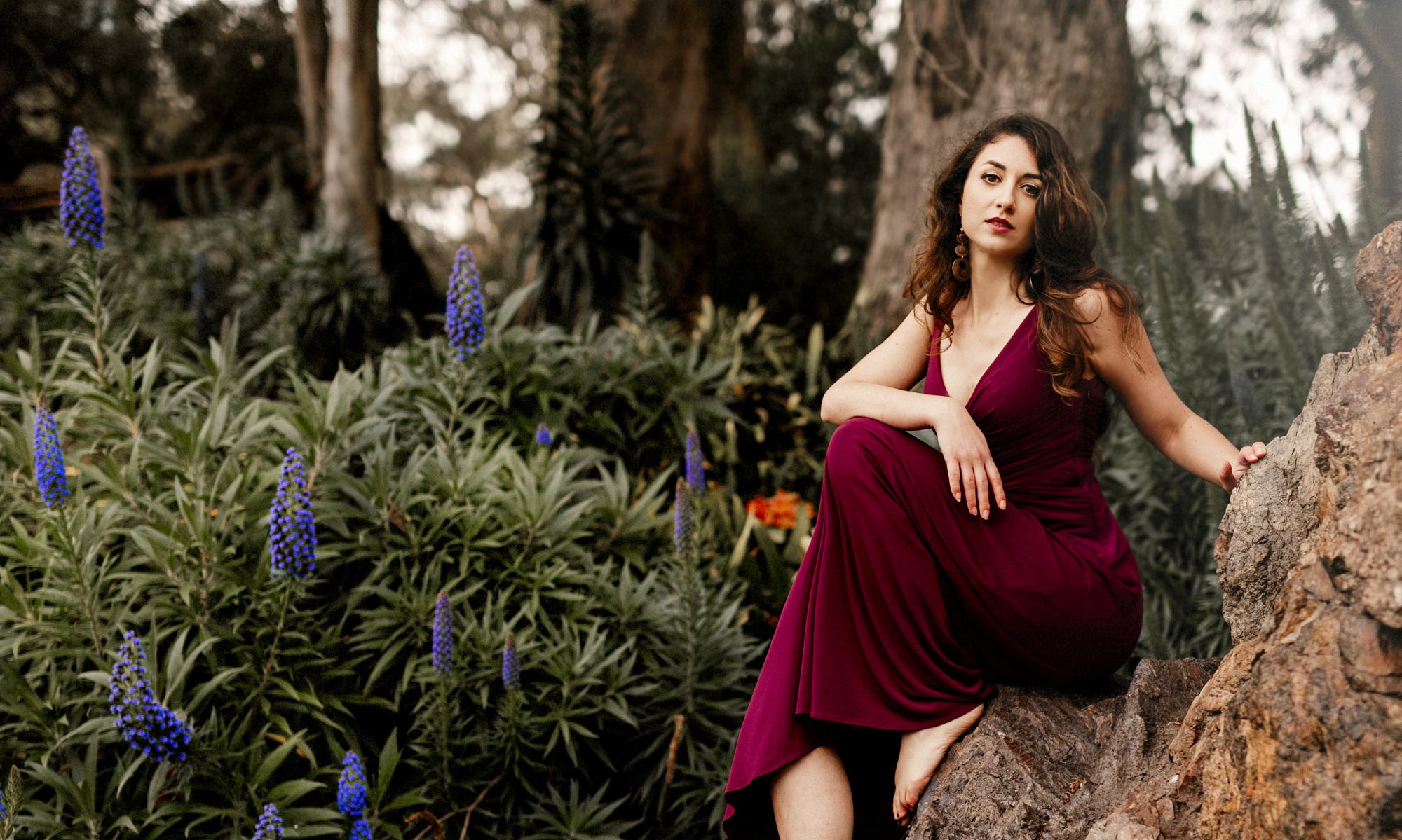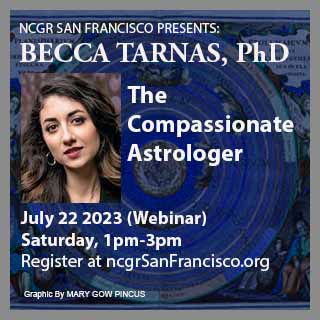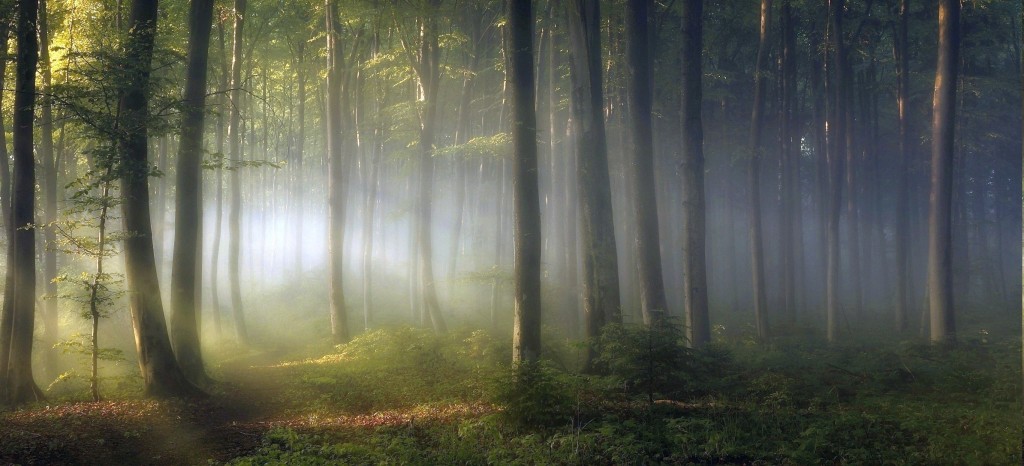The season has already been off to a rich start full of travels, beginning with a research trip to Prague and the Rhine Valley, a constellation of inspiring astrological stars at NORWAC in Seattle, the enchanting Jung by the Sea conference in Cornwall, England, and attendance at the world’s largest psychedelic conference, with a total of 12,000 participants, at Psychedelic Science 2023 in Denver, Colorado.
Recordings of the presentations I gave at NORWAC and Jung by the Sea are available for those who were unable to attend these events in person. At NORWAC, I gave two talks: “Permutations of Venus” and “Psychedelics and Astrology: A Symbiotic Relationship.” The latter talk offers a glimpse into some of the material I’ve been working with during this last year of research, for those who might be curious what I’ve been up to! At Jung by the Sea, I presented once again on “The Synchronicity of the Two Red Books: Jung, Tolkien, and the Imaginal Realm,” although there were some new elements of the talk particularly related to the exquisite setting on the cliffs of the Cornish coast, and I feel this was my best presentation of the work thus far. It was an extraordinary honor to present this material not only to this insightful Jungian audience, but especially to my fellow presenters, several of whom were major inspirations during my research into the two Red Books: Liz Greene, Tom Cheetham, and—the editor of Jung’s Red Book himself—Sonu Shamdasani.
As the summer progresses, I’ll be focusing almost entirely on writing—albeit with the delightful exception of three new talks I’ll be presenting to the astrological community. On Sunday, July 2, I’m returning to Adam Elenbaas’s Nightlight Astrology speaker series to present on “Jupiter-Uranus: The Creative Genius” in anticipation of the Jupiter-Uranus conjunction that is just beginning and will enliven our collective zeitgeist for the next 14 months.
A few weeks later on Saturday, July 22, I’ll be offering a presentation for NCGR San Francisco titled “The Compassionate Astrologer,” exploring practical guidance on how to create an ethical and therapeutic container in which the astrology client is empathically mirrored, while also being empowered to fall in love with their own birth chart. Although this presentation description refers to working with clients, the material is applicable for anyone who practices astrology, whether the seasoned professional or the novice astrology student.
Finally, on Saturday, August 5, I’ll be giving a class at Nadiya Shah’s Synchronicity University on “Creating a Thriving Transit Practice.” In the class, I’ll be giving step-by-step instructions on how to calculate your own transits using just your birth chart and an ephemeris. This is an extremely empowering and liberating skill to have for all astrology enthusiasts and will allow you to deepen your practice and enhance your relationship to the starry sky above you and its archetypal dynamics within you. This is one of the more practical classes I have offered, and I’m excited to enter into the technical details with a new group of astrology students. If you sign up before June 30, you can choose your own tuition rate for the entire summer series that Synchronicity University is offering—a rare opportunity to learn from five different female teachers over the course of a month.
Whether you decide to attend one talk or all of them, or go back to catch the recordings of those already past, I would be so delighted to know this material is reaching those who need to hear it at this time. May your summer months be resplendent with new adventures, wild awakenings, and timely insights!











 This book is the culmination of my love and devotion to Tolkien’s work, shaped by many years of study into the nature of imagination and a deep exploration of the imaginal realm. The book was born out of lectures created for the course I taught through
This book is the culmination of my love and devotion to Tolkien’s work, shaped by many years of study into the nature of imagination and a deep exploration of the imaginal realm. The book was born out of lectures created for the course I taught through 

